
Write what you are looking for and press enter to begin your search!

Live News
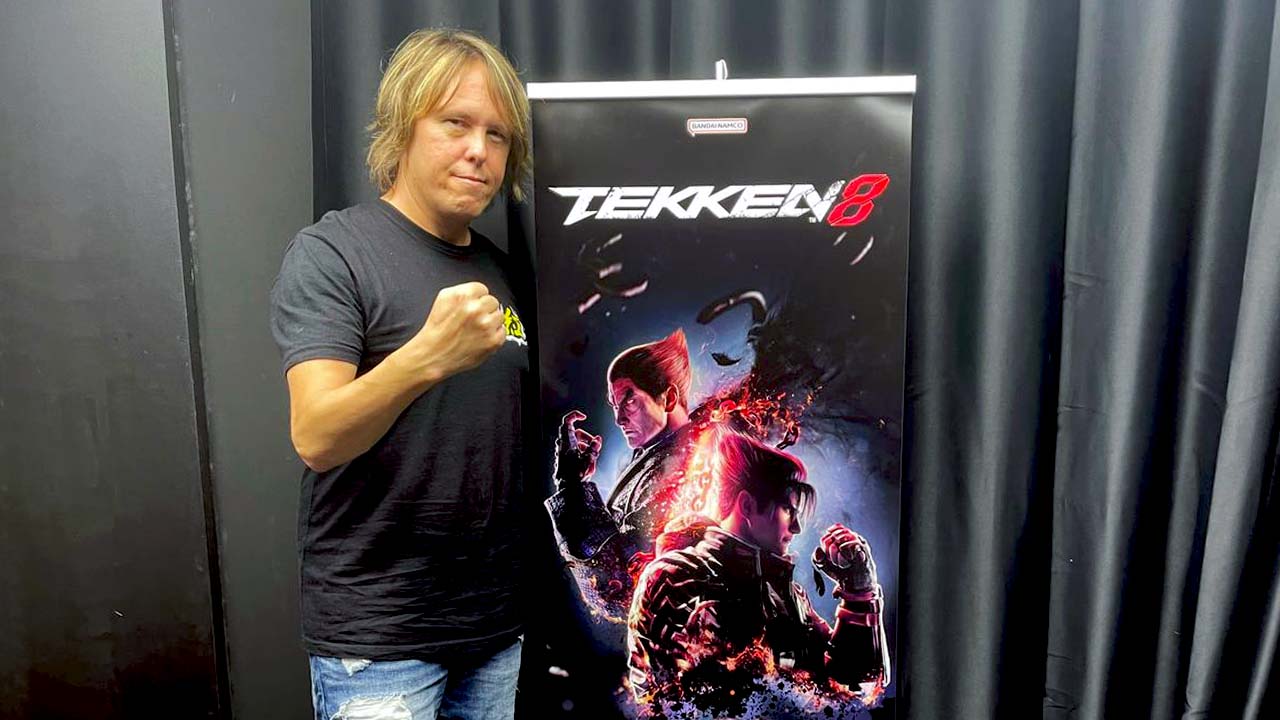

Michael Murray Unveils The Vision For Tekken 8 & Its Game-Changing Features
 ">
">
By Lewis "lickety" Larcombe|October 24, 2023|0 Comment
This interview has been edited for clarity.
As the fighting game community eagerly waits for the highly-anticipated release of Tekken 8, I had the privilege to sit down with one of the masterminds behind the Tekken Project and the forthcoming Tekken 8, none other than the illustrious producer, Michael Murray.
Michael Murray, an American game designer with a rich history in the world of gaming, embarked on his journey with the Tekken franchise by contributing to the localization of Tekken 4 for arcades. His passion and expertise later led him to play a pivotal role in game design for Tekken 6. In this interview, we delve into the mind of a visionary who has left an indelible mark on the world of fighting games.

Murray: Achieving that balance is indeed a challenging task, especially in the context of Tekken’s rich legacy and the advanced skills like wave dashing that seasoned players have come to love. We aimed to preserve those elements for our dedicated players while making the game more accessible to newcomers. The key was not to oversimplify the game but rather to streamline certain aspects.
In the development of Tekken 8, we focused on refining fundamental mechanics such as movement, getting up from the ground, side-stepping, and back-dashing. Our goal was to create an experience that could be enjoyable for both advanced players and beginners. However, our priority was to accelerate the learning curve for novice players.
For those familiar with fighting games, there’s a progression in skill development. First, you choose a character you like, then you learn the fundamental mechanics like guarding and side-stepping, and eventually, you delve into understanding your chosen character’s moves. Additionally, you need to grasp the strategies of other characters you might encounter. The ultimate fun in fighting games comes when you engage in a strategic battle with an opponent. So, we put significant thought into accelerating new players’ journey to that competitive level.
In Tekken 8, we introduced the Special Style feature. This allows players to select a character and execute their best moves, including aerial combos, with a single button press. You don’t need to dig into move lists to find these actions. Special Style provides a way for players to quickly grasp the essence of their chosen character’s playstyle and the excitement the game offers. Importantly, unlike some competing titles, you can toggle this feature on or off at any point during a match, giving players control over their experience.
Another innovation from Tekken 7 was the “My Replay and Tips” feature. In the past, players had to search the internet for character-specific guides and combos. With My Replay and Tips, the game analyzes your replays and offers real-time guidance. It suggests optimal punishes, defensive tactics, and escape strategies based on your in-game performance. This feature eliminates the need to scour the web for information, making it an invaluable resource for skill improvement.
Tekken 8 also introduces Ghost Data, allowing you to create your own fighting “ghost” to spar against. This provides a fresh perspective on your gameplay weaknesses since you can observe your performance from a different viewpoint. Additionally, the game’s practice options have been greatly expanded, with features like “Buy Every Play” and combo challenges that progressively teach more complex combos. These elements, combined, make it easier to pick up the game and explore new characters if you decide to expand your roster.

Murray: When it comes to the term “accessibility” in the Tekken community, it elicits varying responses. Some view it as a positive move that can attract new players, while others fear it might lead to simplification and a decline in the game’s depth. This difference of opinion is quite prevalent in the public discourse.
From the dev team’s perspective, we’ve aimed to strike a balance, and the “Special Style” feature is a prime example of this. It’s crucial to understand that the Special Style alone won’t enable an average newcomer to defeat a pro player like Knee. To illustrate this, I had an exhibition match against a pro player named Tetsu at Gamescom, where I exclusively used Special Style. Although I managed to win a few rounds with Paul, I couldn’t consistently outmatch him. In essence, Special Style won’t transform an average person with no Tekken experience into a pro player.
However, it serves a purpose by allowing players to engage with the game at a certain level. It encourages players to focus on the fundamentals, such as spacing and strategic decision-making during matches. This feature prompts players to emphasize these core skills that may sometimes be overlooked.
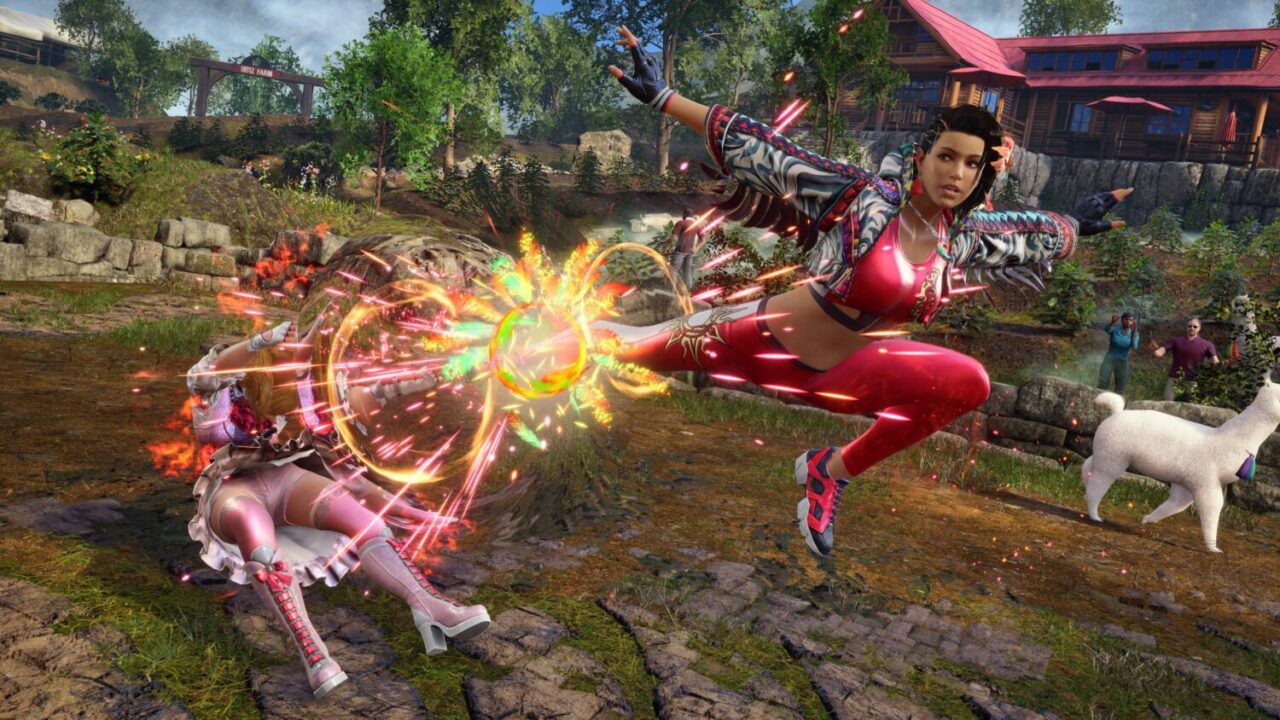
Murray: It’s a challenging question because, as you may have noticed, we’ve brought back some characters from Tekken 7, among others. However, the only entirely new character we’ve officially revealed is Azusena.
But Azusena is a completely fresh addition, never before seen in the Tekken universe. Even the returning characters have undergone a thorough redesign, complete with new moves and costumes, making them feel almost like entirely new characters. This translates to a wealth of new content. Additionally, their playstyles have been influenced by the “Heat System” and the new moves they’ve acquired.
Azusena’s creation was inspired by the vibrant Tekken community in Peru, which lacked a representative character. This led us to brainstorm how to craft a compelling character. We kicked off with an MMA fighting style, something Tekken hasn’t prominently featured before. Azusena’s fighting style emphasizes evasiveness, with a special stance allowing her to dodge attacks and manoeuvre around her opponents skillfully. It’s an exciting addition, and personally, she’s my favourite so far because she’s the only one we’ve unveiled.
As for more characters on the horizon, I can’t reveal anything concrete at this point. We’ll have to keep that under wraps for now.
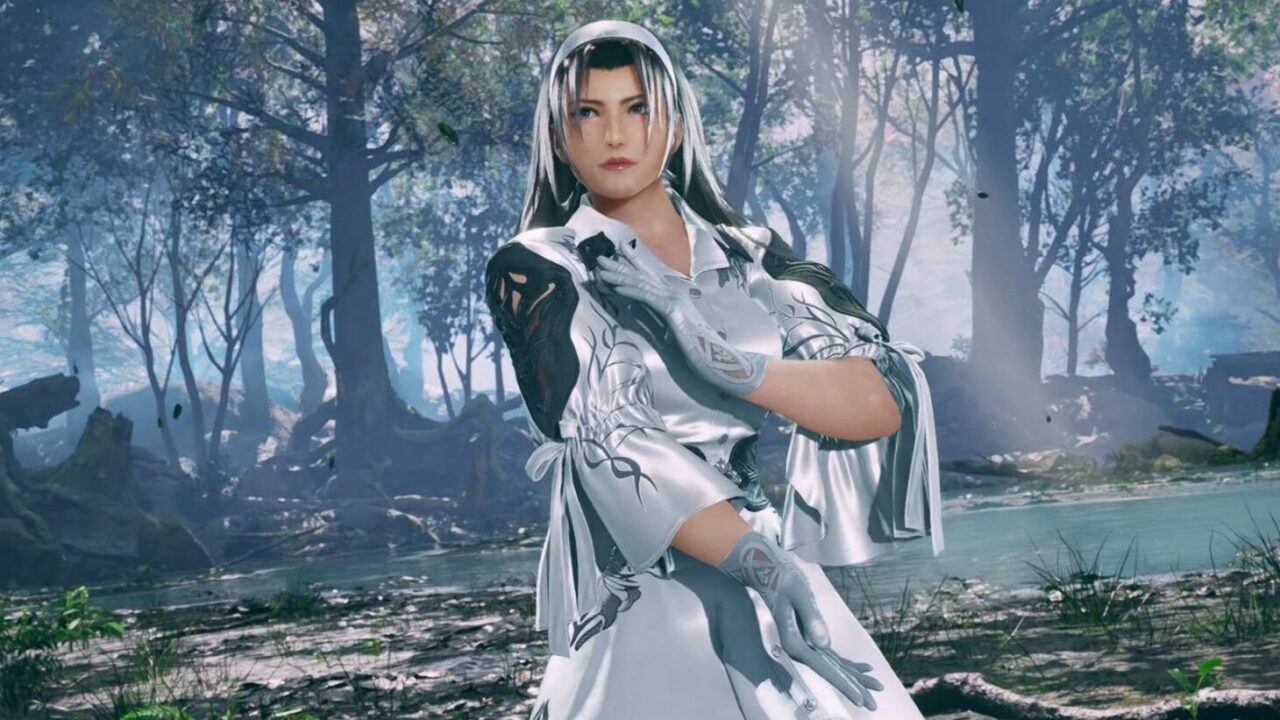
Murray: The storyline is a crucial element for each instalment in the Tekken series, especially the story mode, which many fans enjoy. Take, for instance, Tekken 7, where we introduced Akuma. Integrating new characters like him into the narrative is a complex process. However, this time around, our focus is on advancing the storyline from where it left off in Tekken 7. We must carefully consider which characters are essential for this progression.
One character that stood out was Jun, who had been missing for quite some time, leaving fans curious about her whereabouts. We found it imperative to bring her back to further the overarching narrative, particularly with Jin and Kazuya facing off against each other in this chapter.
The first consideration is whether a character is integral to the story. If they are, they become part of our roster. We also take into account various fighting styles, not just Karate or Capoeira, but also unique Mishima-style evasion and Uppercut techniques, or the agile style exemplified by Larsa. We ensure that the character roster covers a wide spectrum of playstyles and martial arts, like Karate and Capoeira.
Another factor we weigh is popularity. We analyze usage data to see how many people choose a particular character for the story mode versus playing against other players. These metrics help us understand popularity in different contexts, as some players might have a favourite character they simply enjoy using in the story or against the CPU, while others are keen on following their character’s storyline. Popularity plays a significant role in our character selection process.
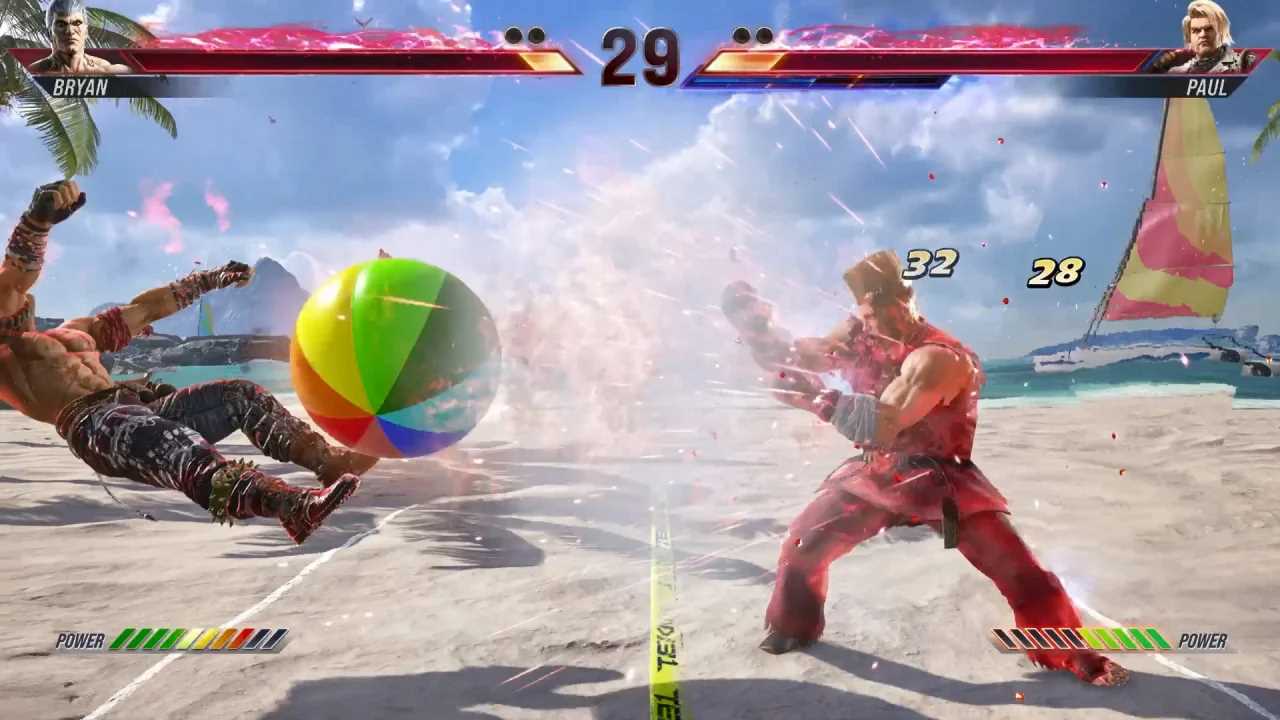
Murray: Traditionally, Tekken has followed a pattern where we release an arcade version first, which allows us to incorporate additional content for the console release, such as story mode and cinematic sequences. Players have come to expect a wealth of bonus features in Tekken games.
For this instalment, we shifted our focus towards game modes that enhance the player’s skills, such as Arcade Quest and My Replay of Tips. We recognized that merely offering a tutorial wouldn’t engage experienced players, so we sought to provide a more multifaceted experience. Arcade Quest, for example, serves as a tutorial while also incorporating story elements and various other components.
However, with the resources at our disposal, we had to make choices among the various popular modes that have been featured in past Tekken games. It’s been a while since Tekken Ball and Tekken Force were last seen, and many fans, along with Brada and myself, expressed a strong desire for their return. Coincidentally, this aligns well with our online lobby system and the creation of distinct in-game areas. The idea of a beach area for relaxation perfectly suited the reintroduction of Tekken Ball, creating a seamless experience. In essence, it was a combination of these factors that led us to select this mode.
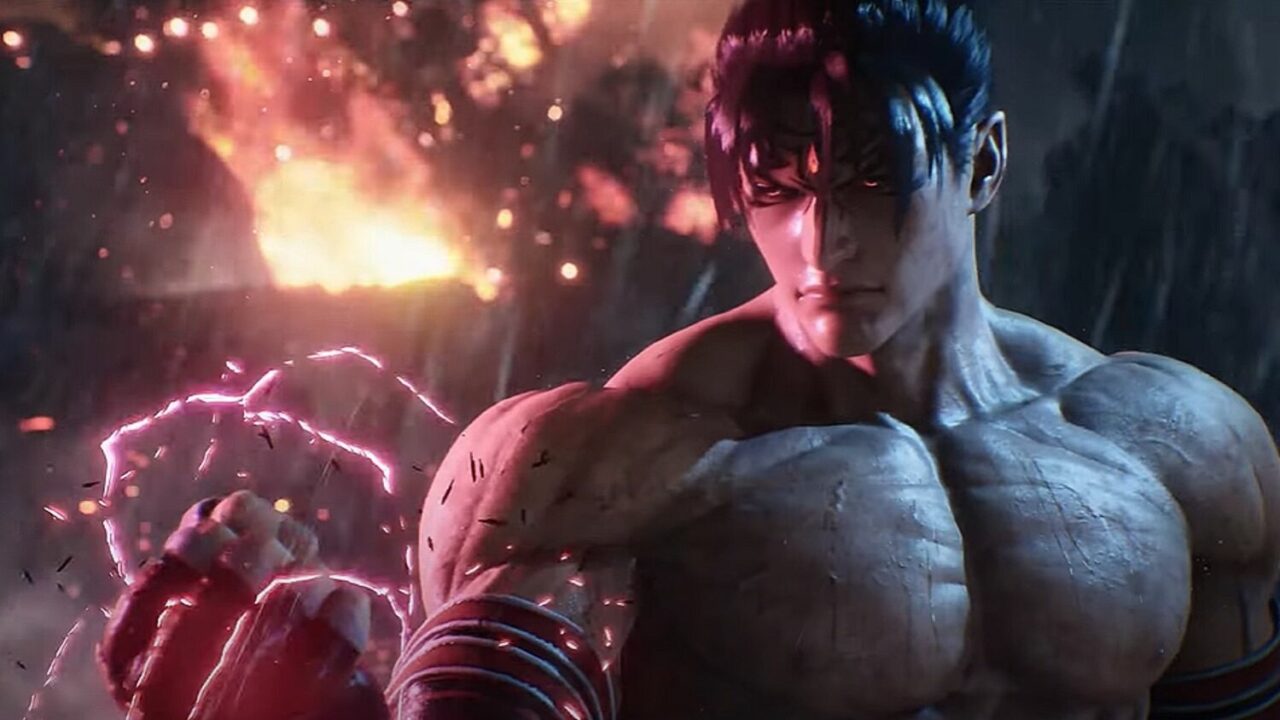
Murray: The narrative in Tekken has indeed transformed over time. In the early days of Tekken, it was primarily about presenting these fighters in combat, but we realised that players needed a deeper connection with the characters. As a result, the initial games featured stats like age and height and even quirky details like Kazuya’s hobby of collecting trainers. Clearing the arcade mode rewarded players with high-quality CG movies that began to portray a semblance of a story.
Namco was known for its exceptional CG, and this laid the foundation for the storyline’s evolution. However, in those early days, the narrative wasn’t particularly cohesive; it served as motivation for players to pick up the fighters.
As we progressed, the storytelling became more structured. Starting around Tekken 5, characters had interactions before matches, and ending movies continued to provide story elements. Tekken 6 introduced the scenario campaign mode, offering a more coherent story experience. Tekken 7 marked a significant milestone with a proper CG movie and seamless transitions within battles. The game featured a comprehensive storyline, with the outcome of the 9th and 5th tournaments contingent on the player’s chosen character, creating quite a bit of work for our team to align the narrative.
Tekken has gradually shifted towards a more narrative-driven experience, especially with Tekken 7. We were pleased with the response to the 7th game’s story. Now, the focus is on resolving long-standing story arcs, such as exploring Jun’s character, which was also touched upon in the Tekken anime.
In Tekken 8, the challenge is to maintain a cohesive storyline that logically continues from Tekken 7, while also accommodating every fan’s favourite characters. Incorporating these characters into a single story can be tricky, as it often doesn’t make sense. So, we need to ensure there’s a central narrative arc while providing cameo appearances for each character, giving players what they’ve been waiting for. This transition from a purely combat-focused narrative to the current multifaceted storytelling has been an interesting journey.

Murray: The process of character balance has evolved over the years. In the past, once a game was released, it remained in that state until the next instalment. Nowadays, we can update games more easily, but we must exercise caution, especially with a competitive scene like the Tekken World Tour in place. Making frequent changes could deter professional players from investing time in the game, as they’d have to adapt to constant shifts. Therefore, we aim to keep updates to a minimum, which necessitates a high level of polish before the game’s release.
Traditionally, having an arcade version allowed for adjustments over time. We could release an arcade version, collect player data, and then consider updates or even intermediary releases like 7.5. We also conducted playtests before official releases. However, Tekken 8 is heading straight to console with a global release, eliminating the arcade opportunities.
To address this challenge, our development team, many with over a decade of experience with Tekken, including some with over 20 years, already possesses a deep understanding of character balance and gameplay theory. We also have former professional players on the balancing team, contributing their expertise before the public sees the game. This means the game is in a relatively balanced state even before we start playtesting.
For Tekken 8, without an arcade release, we had to find other ways to test it. We held Community Access Tests (CAT) early on, bringing the game to events like Combo Breaker and EVO, where experienced fighting game players provided valuable feedback. We also organised a Closed Beta Test (CBT), which included a broader audience, not just top-level players but also average and novice players. This approach allowed us to detect potential issues and ensure balanced gameplay, even without the traditional arcade scene.
Balancing isn’t just about professionals; it’s also about making the game accessible to everyone. Opening it up to a wider audience revealed that while pro players embraced the “Heat System” and its mechanics, intermediate and novice players found certain aspects less intuitive. This feedback enabled us to streamline the gameplay for a more enjoyable experience across the board.
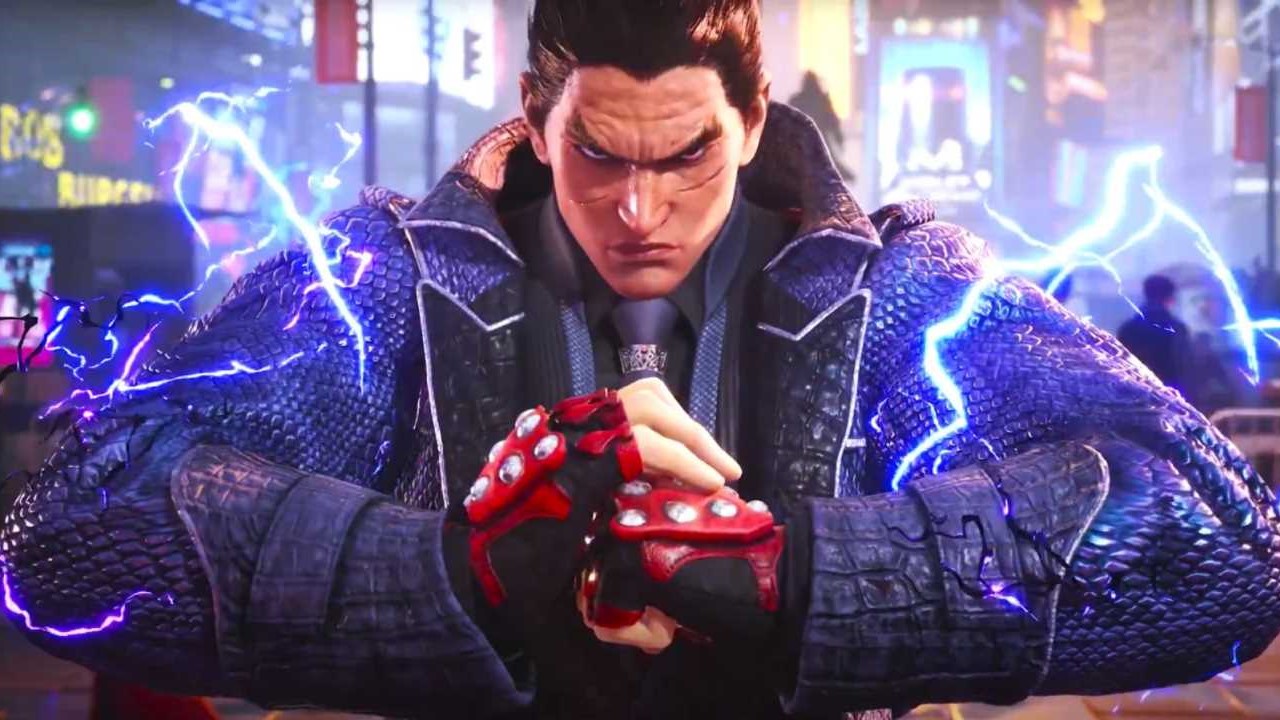
Murray: More often than not, when working with a new engine, it’s often quite challenging. However, in the case of Unreal Engine 5, it initially began as Unreal Engine 4 before transitioning to 5. This transition wasn’t as drastic as it might have been with other engines. It’s important to note that only the graphical aspects of the game are handled by Unreal Engine; the actual gameplay mechanics and related elements are managed through our scripting.
The primary challenge we faced was recreating all the in-game models from scratch to achieve a significantly higher level of graphic quality. This meant starting from the ground up with sculpting and other aspects. The attention to detail required in this process resulted in more time spent on individual models, particularly in capturing iconic characters like Jin. Even small details like nose placement or ear positioning could be surprisingly challenging to get just right.
The Unreal Engine allowed us to achieve an impressive level of detail, but it also increased the cost and workload associated with asset creation. This presented difficulties in terms of managing costs and resources.
While this may not directly impact gamers, creating a AAA title has become more challenging due to these factors. Additionally, since Tekken is a fighting game, ensuring it not only looks great but also maintains a stable 60 frames-per-second performance on all platforms was our most significant challenge. Achieving the right balance between graphical fidelity, dynamic effects (like those in the New York stage), destructible elements, and stable performance was a key focus throughout development.
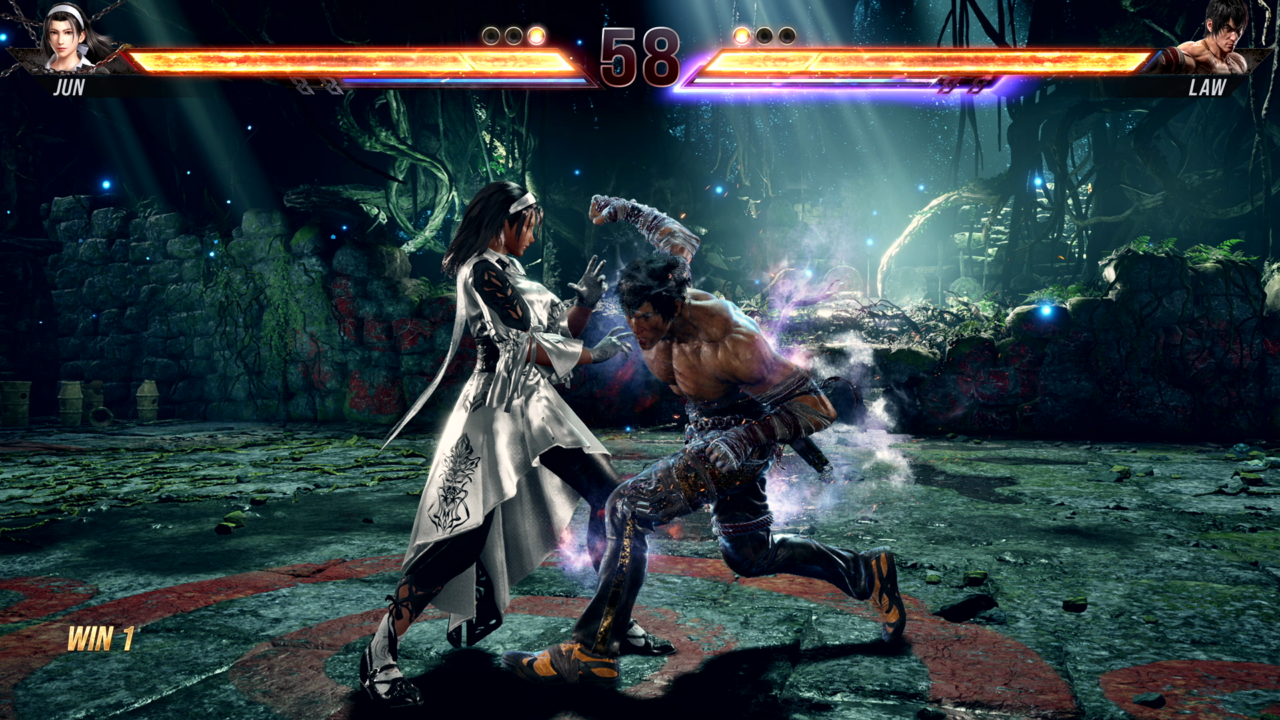
Murray: Initially, the game was born in the arcade, where many players used arcade sticks. However, especially around the time of Tekken 3, the game gained popularity in Europe and other regions, where arcades may have been less prevalent. This brought in players who used various input methods, and this diversity has continued to increase over time.
Today, we see players using hitboxes and even keyboards, but these different input methods haven’t fundamentally altered the way the game is played. As a result, we haven’t needed to make significant adjustments to the game to accommodate these various controller types.
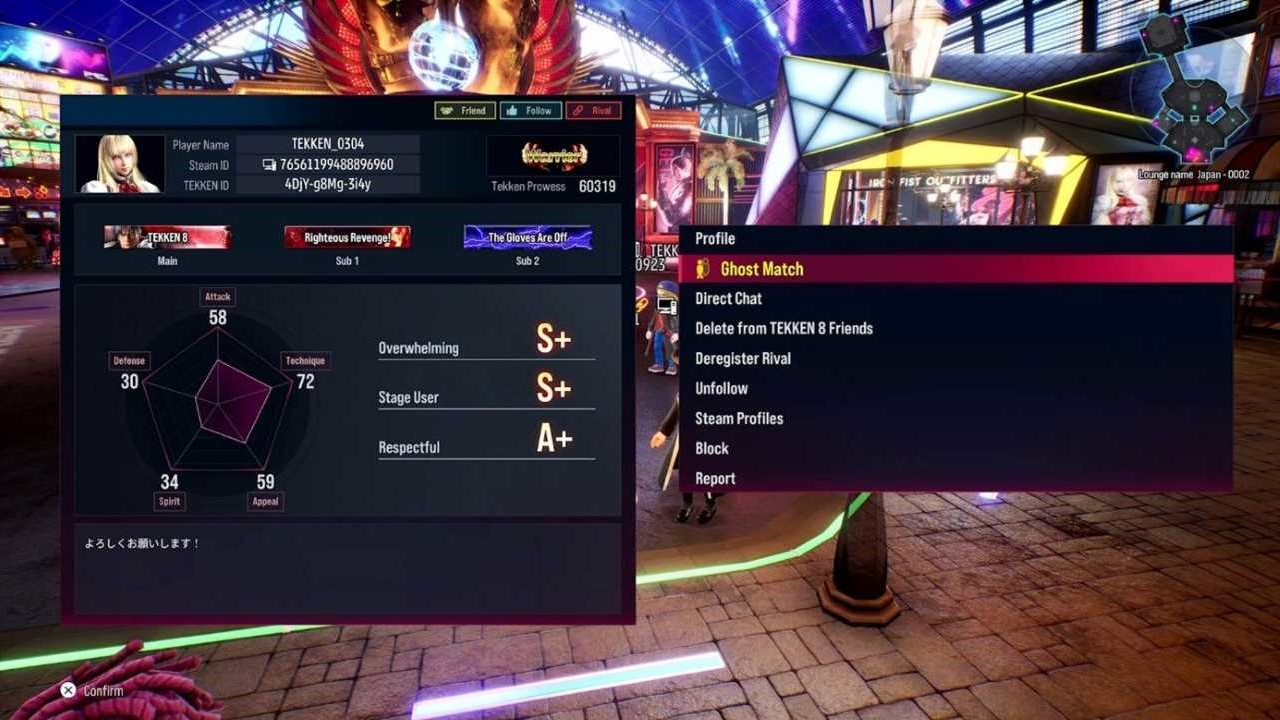
Murray: I believe it will indeed be a valuable tool for intermediate players. This time, the Ghost Battle system is quite different from the past. Previously, you’d recall specific aerial combos and characteristics, but now, the system is more dynamic. It learns from your moves – if you wave dash, it learns to wave dashing, and if you backdash and land, it learns to backdash. This added depth can help players improve. The key is that you can watch your ghost battle other players and think, “Do I really do that in my matches?” It’s a way to reflect on your own gameplay.
Actually, on this topic, I do have a story to share from the development team: In our dev environment, the director Katsuhiro Harada and I had our ghosts face off against each other. I won, naturally, and it motivated him to play more and enhance his ghost’s knowledge of traps, frame traps, and combinations. It’s a journey of personal improvement that makes your ghost a stronger representation of you.
Additionally, once Tekken 8 launches, you can go online and encounter other players’ avatars, check their profiles, and see their ghosts. If you beat someone’s ghost, it can spark a rivalry and motivate them to improve and create a better version of their ghost for future encounters. This dynamic adds another layer of competition and personal development to the game.
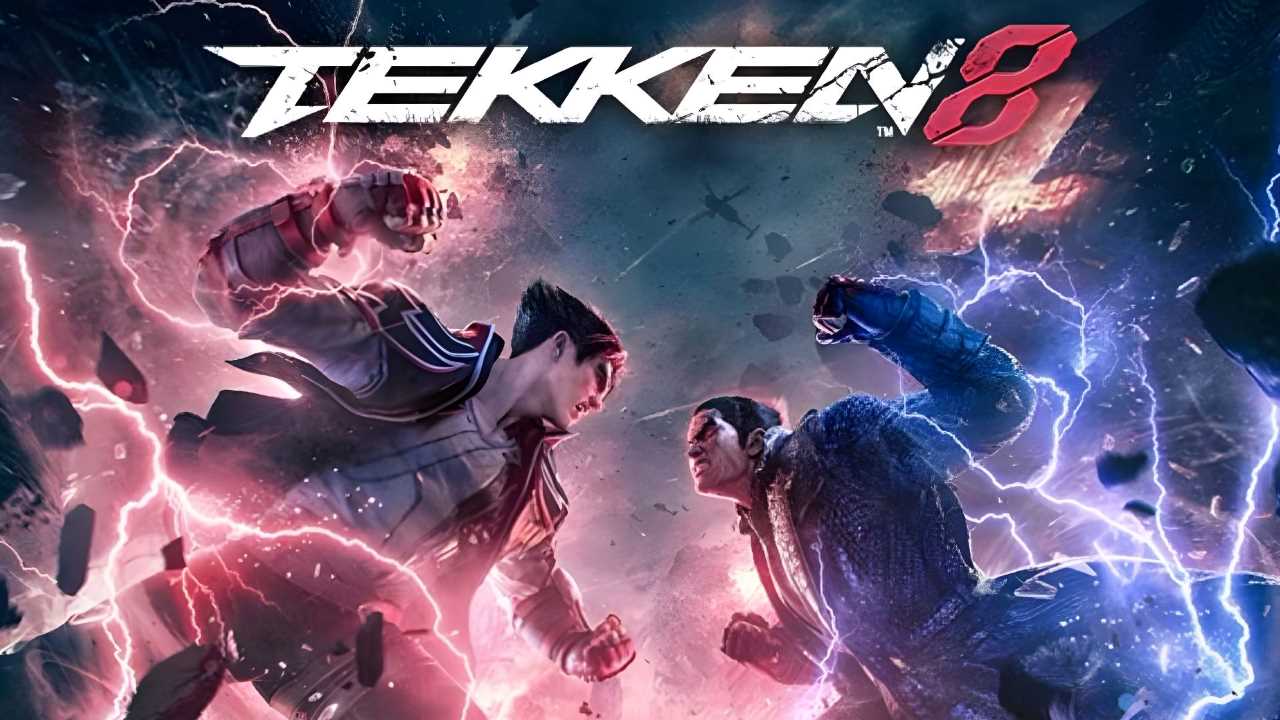
Murray: There are several aspects that set Tekken 8 apart. Firstly, the Heat System is a game-changer. It brings an element of excitement and uniqueness that hasn’t been present in the series for quite some time. As a Tekken player myself, I’ve enjoyed previous instalments, including Tag 2, but the Heat System adds a whole new level of fun and motivation to pick up different characters. Each character has cool tricks that are only accessible in the heat state, making them more unique and engaging.
Comparing fighting game mechanics can be challenging because they often have distinct styles. However, Tekken 8’s special style is truly remarkable. It simplifies the execution of over-the-top moves with simple button presses. It’s so accessible that even newcomers to Tekken can perform impressive aerial combos that make it look like a proper match. This feature alone showcases why Tekken 8 is exciting.
Another unique aspect is the ability to toggle the special style on and off at any time, a feature that sets it apart from other games. This flexibility allows players to use it strategically. For example, if a player is winning but wants to execute a certain move linked to the special style, they can quickly activate it. It also opens up the roster for those who may not want to delve into complex move lists but still enjoy playing with different characters, focusing on spacing and timing.
The feature that stands out the most is the replay system. It acts like a helpful friend, providing real-time feedback and tips during gameplay without the need to actively search for information online. It points out where you could have punished or blocked better, making it a valuable tool for players looking to improve. These unique elements collectively set Tekken 8 apart and make it an enticing and innovative addition to the fighting game genre.
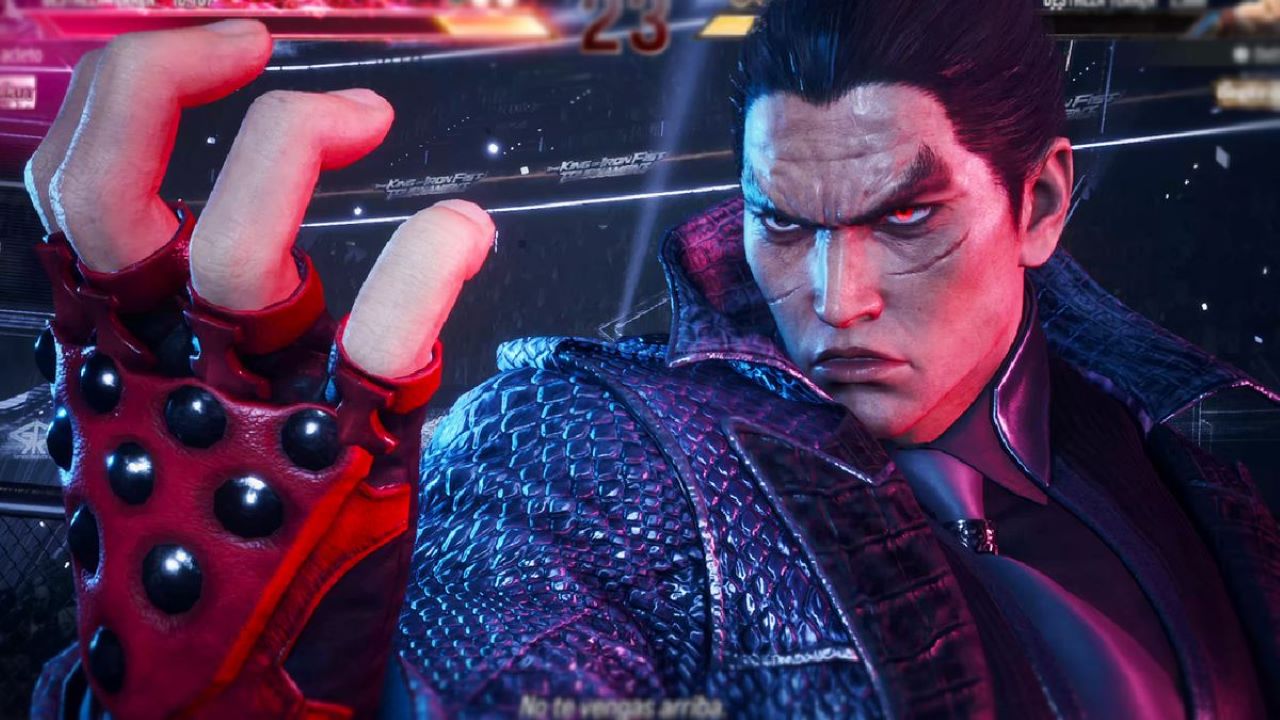
Murray: We’ve made several changes in Tekken 8. Initially, the Heat System had visible stocks in the gauge, and it led to a particular meta where people would launch opponents and quickly engage the heat, resulting in a heat dash into a wall combo. This became a bit overwhelming, so we altered the presentation of the heat system. It no longer uses visible stocks but instead, a standard timer, making it more intuitive and easier to understand. We also toned down the combos related to the heat dash and heat smash.
Regarding the special style, it used to involve Square, Triangle, Circle, and Cross buttons (on PlayStation). Square was for standard attacks, Triangle for powerful attacks, and Cross for super armour moves. However, when I played against Tetsu using Special Style exclusively, I found myself in situations where I felt limited in my move options, particularly for punishing. So after the CNT, we introduced directional inputs to some of the buttons in the special style. Now you can press left, right, or no button at all, and each maps to a different move. While it doesn’t encompass the entire character move set, it adds more usable moves, including homing attacks, throws, and punishers.
We’ve also addressed some player requests, such as the ability to map buttons to L3 and R3. Additionally, we’ve worked on game balancing. For instance, we modified the combos associated with the Heat System, added armour when transitioning directly into heat, and made adjustments to characters that weren’t as frequently used in the Closed Network Tests (CNT), giving them new techniques and altering their play styles.
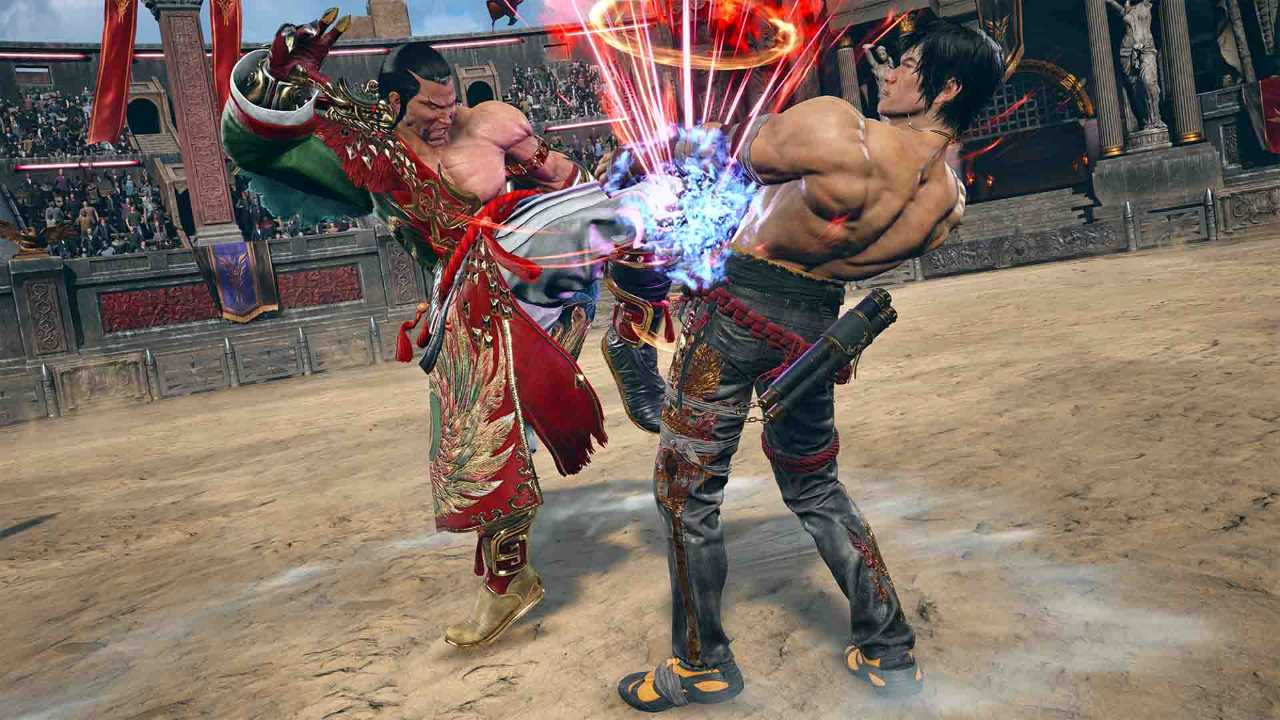
Murray: It’s a challenging question. We have 32 characters in the game, and with so many to showcase before the release, finding the perfect opportunity becomes quite complex. Sometimes it involves selecting specific characters and creating individual trailers for them. Other times, it’s about seizing significant opportunities at major gaming events where we can present a broader character lineup to a large audience. This approach ensures that everyone gets to see the new characters without having to seek out individual trailers.
Additionally, the timing of character reveals often depends on the game’s storyline. For example, when we unveiled the game and wanted to introduce Jun as part of the story trailer, it was necessary to announce Jun at that point. This helps avoid characters randomly appearing in a story trailer, potentially going unnoticed. In essence, our character reveal strategy is influenced by the opportunities we have and the timeline available. However, it’s a challenging task given the sheer number of characters, and with only about three months left, time is running out.

Murray: Certainly, Fahkumram holds a special place in my heart as well. To clarify, while some might associate Bruce with Muay Thai, he’s officially recognised as a kickboxer. I had a personal desire to create an authentic Muay Thai character, and we started by carefully considering his visual design to make him unique.
In terms of his fighting techniques, I already had a clear vision. We drew inspiration from a well-known Thai fighter named P.K. Saenchai, who was also quite popular in Japan at the time. Luckily, my gym in Japan had a good connection with P.K. Saenchai, so we were able to bring him in for motion capture, along with Yoshinari Nataka from my gym.
All the elements fell into place, and we aimed to create a genuine representation of Muay Thai within the Tekken universe. The response from fans was mixed. Some longtime fans preferred the familiarity of Bruce, especially his “Black 2” move, which is iconic. However, newer players seemed to genuinely enjoy Fahkumram.
He brought a unique playstyle, spoke authentic Thai, and his backstory of being a prisoner dropped into the match resonated with many players. Additionally, the timing of his announcement played a significant role in his popularity. We unveiled him during the finals of the Tekken World Tour held in Thailand, and the Thai audience’s enthusiasm further boosted his reception.
As for the question of whether he’ll appear in Tekken 8, I’d love to see him return, but I can’t provide a concrete answer at this moment.
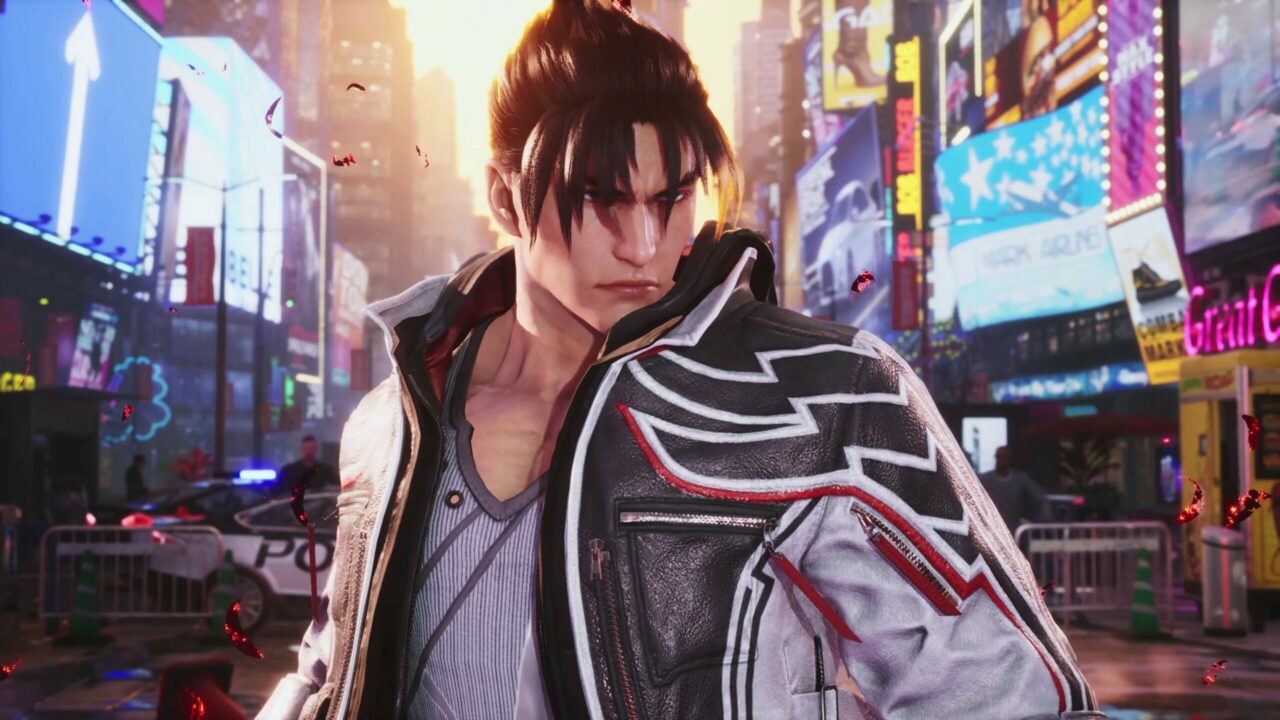
Murray: It’s a tough choice because all the characters in Tekken 8 look incredibly good. However, if I had to pick one, it might be Jin.
I’ve always been a Devil Jin player, and the way Jin Kazama transforms when he goes into Devil form is impressive. In this game, he has the ability to partially control his powers, and the visual effects, including the single wing, the red glow, and the feathered effects, are exceptionally well done. The team really outdid themselves this time. Jin is definitely one of my favourites. If you’ve seen the statue, it’s amazing; it even lights up. So, Jin would be my choice.
Tekken 8 will be out for PC, Xbox Series, and PlayStation 5 on 26 January, 2024.
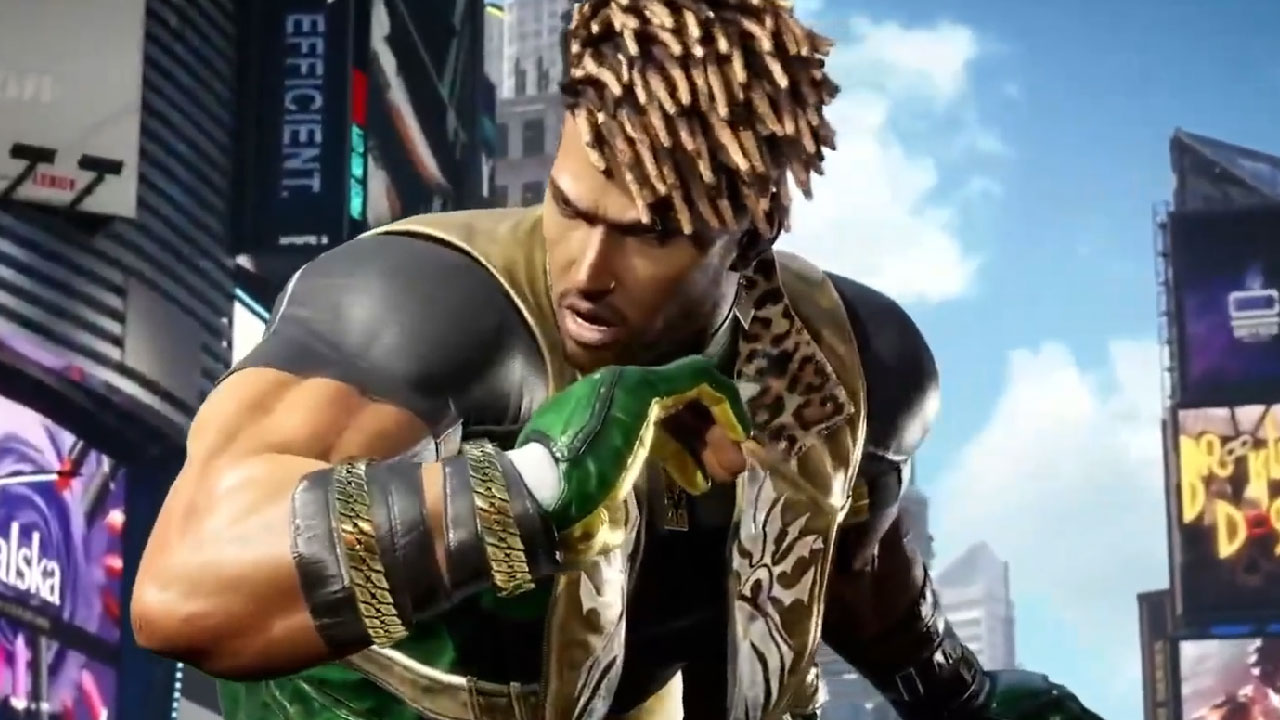
By Mr Toffee|January 15, 2024
The Capoeira king of the Tekken series is back for round 8. During the Tekken World Tour 2023 finals livestream, Bandai Namco has unveiled the next...

By Team KKP|March 8, 2023
Let's face it. Female gamers are on the rise. Whether gaming is done for stress relief, competitively, or even just gaming development, us women, we'r...
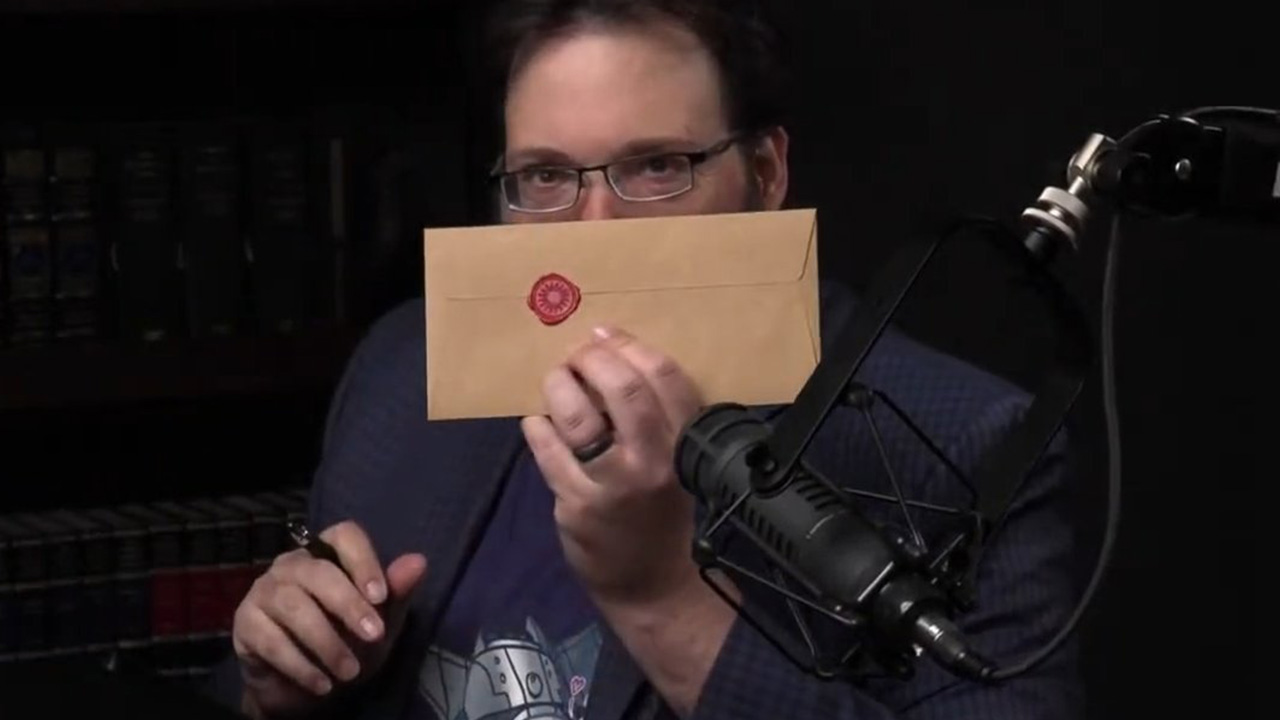
By Mr Toffee|April 3, 2022
Brandon Sanderson, a fantasy author renowned for the Mistborn series and finishing Robert Jordans' The Wheel of Time, has been a fan of From Software ...

By Mr Toffee|February 2, 2024

By Team KKP|July 1, 2023

By Alleef Ashaari|August 2, 2021
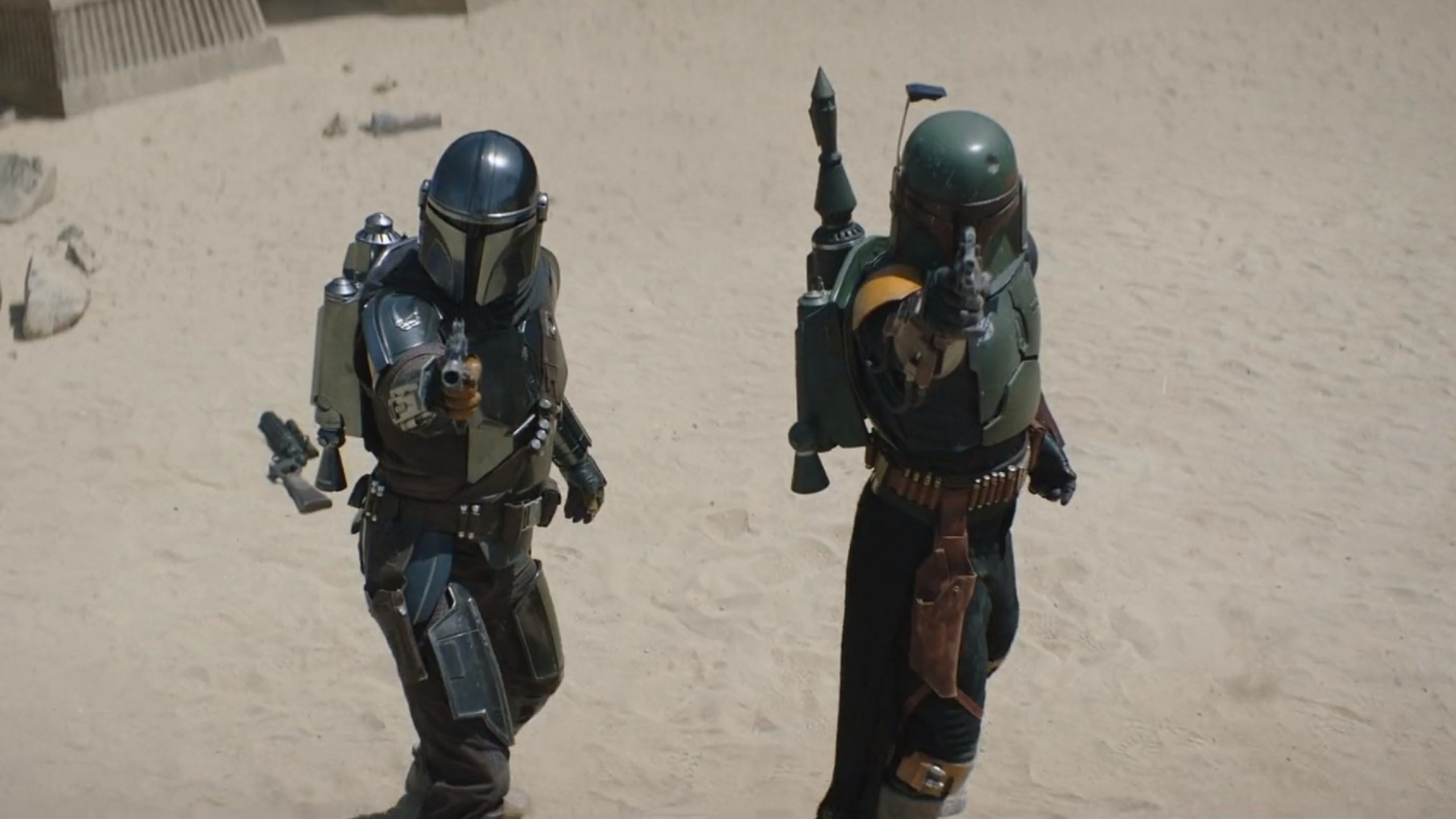
By Alleef Ashaari|February 9, 2022

By Mr Toffee|February 2, 2024

By Team KKP|July 1, 2023
Copyright @ Kakuchopurei 2024